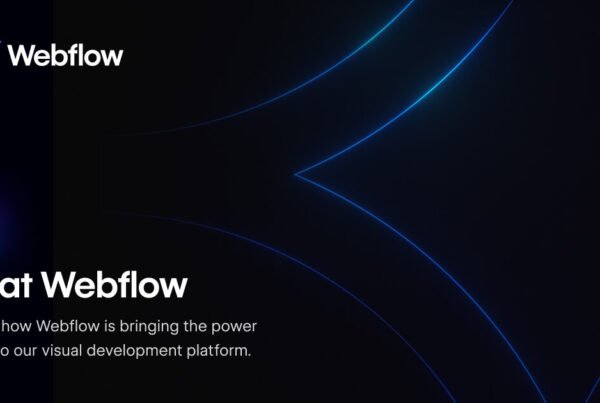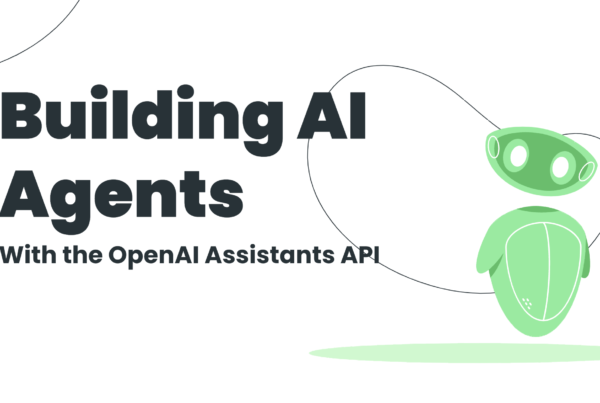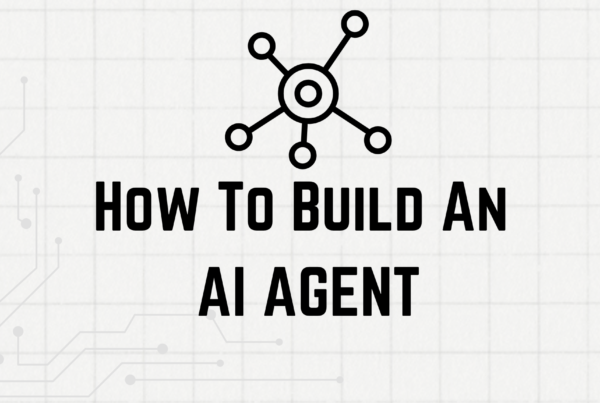
As AI tools like ChatGPT, Perplexity, and Claude become go-to sources for information, a major shift is happening: people are asking questions, not searching keywords. The answers are no longer ranked — they’re generated.
This is where Generative Engine Optimization (GEO) comes in.
What Is GEO?
Generative Engine Optimization (GEO) is the process of making your brand, content, and expertise visible within AI-generated answers. Unlike traditional search where you click through links, AI search tools often synthesize information from multiple sources to provide a direct answer.
Instead of just showing a list of options, an AI might say: “Based on analyzing several top sources, the leading solutions for X are Brand A, Brand B, and Brand C.” GEO focuses on ensuring your brand is part of that synthesized answer by influencing how large language models (LLMs) understand and reference your content.
Why Generative Engine Optimization (GEO) Matters More Than Ever
The digital landscape is undergoing a seismic shift. As AI-powered platforms like ChatGPT, Gemini, and Perplexity redefine how users search for and consume information, Generative Engine Optimization (GEO) has become a critical strategy for brands and content creators. Here’s why GEO matters more than ever in 2025.
The Rise of AI-Driven Search
Traditional SEO focused on ranking in search engine results pages. But today, AI engines generate direct, context-rich responses—often without sending users to external websites. Zero-click searches now account for 60% of all queries, and 80% of search users rely on AI summaries for at least 40% of their searches. Platforms like ChatGPT and Perplexity have seen explosive growth, with millions of users turning to them for instant answers.
GEO vs. SEO
| Factor | Traditional SEO | Generative Engine Optimization (GEO) |
|---|---|---|
| Primary Goal | Rank high in search results (Google, Bing) | Be included/cited in AI-generated responses (ChatGPT, Perplexity) |
| Focus | Keywords, backlinks, technical SEO, E-E-A-T | Content quality, clarity, structured data, authority signals |
| User Interaction | Users click links to find answers | AI delivers summarized answers directly |
| Content Source | Indexed web pages | Multiple sources (websites, APIs, databases, research papers) |
| Outcome | Traffic through clicks from ranked results | Brand visibility and authority within generated answers |
Why It Matters
Generative engines are already replacing traditional search for millions of users seeking direct answers. If your content isn’t optimized for how these AI models gather and present information, your brand risks becoming invisible in this rapidly growing channel.
Tips for Improving Your GEO
1. Write in Natural, Conversational Language
Generative engines favor content that mimics how people actually speak. Use everyday language, simple sentences, and question-based headings. Reading your content aloud can help ensure it sounds natural, not robotic.
2. Provide Authoritative and Trustworthy Information
AI models prefer citing content that demonstrates expertise. Include up-to-date statistics, expert quotes, and credible sources to boost your authority. Linking to original research or reputable sites can increase your chances of being referenced in AI-generated answers.
3. Be Clear, Concise, and Direct
Keep your sentences short and your points clear. Use bullet points, subheadings, and direct answers to common questions. This structure makes it easier for AI to extract and summarize your content accurately.
4. Optimize for User Intent and Context
Focus on creating content that thoroughly addresses the needs and questions of your target audience. Go beyond keywords—cover related topics, use varied terminology, and ensure your content provides comprehensive value.
How to Monitor GEO
Tracking GEO effectiveness presents new challenges, primarily “lost attribution.” Users might discover your brand in an AI answer but then search for you directly on Google, making the AI’s role invisible in standard analytics.
While dedicated GEO tracking tools are emerging, you can start by:
- Manually checking AI platforms (ChatGPT, Perplexity, Gemini) for mentions of your brand or relevant keywords.
- Monitoring your web analytics for spikes in direct or brand search traffic that might correlate with AI visibility.
- Analyzing which content pages receive traffic from known LLM user agents (though this is often inconsistent).
How did you achieve a 150% increase in organic traffic in 60 days?
We combined proven SEO and content marketing tactics with GEO best practices. This included:
Conducting a thorough SEO audit and keyword research.
Creating high-quality, intent-driven content.
Implementing structured data (schema markup) for better visibility in both Google and AI search results.
Reformatting key pages into Q&A and FAQ formats to align with how AI engines and users search for information.
Adding first-fold summaries for instant clarity and engagement.
What specific strategies made the biggest impact?
Conversational Formatting: Reformatted core content into Q&A and FAQ layouts, making it easier for both users and AI to extract answers.
First-Fold Summaries: Added concise bullet-point takeaways at the top of key pages to provide immediate context.
Schema Markup: Used structured data to help Google and AI systems understand and feature our content in rich results.
Strategic FAQs: Added relevant, crisp questions and answers to priority pages, increasing our chances of being featured in both search snippets and AI-generated responses.
What were the results beyond the traffic boost?
30% increase in conversion rates due to more targeted, high-intent visitors.
Improved brand authority and visibility, with more content ranking for competitive keywords.
Higher engagement and time on site, especially on blog and FAQ pages.
FAQ’s
Q: Can GEO help any website increase organic traffic?
A: Yes. Any site can benefit from GEO by making content more structured, clear, and accessible for both search engines and AI systems.
Q: How quickly can I see results from GEO strategies?
A: While timelines vary, our case saw a 150% traffic increase in just 60 days by implementing these targeted tactics.
Q: What’s the first step to get started with GEO?
A: Begin by auditing your current content, then reformat priority pages with Q&A, add first-fold summaries, and implement schema markup for FAQs and key sections.
Ready to boost your organic traffic?
Apply GEO strategies: Q&A formatting, first-fold summaries, schema markup, and strategic FAQs, to make your content stand out in both traditional and AI-powered search!


